|
Your search criteria found 817 images Collection Type |
| My List |
Addition Date | Target | Mission |
Instrument
|
Size |

|
2016-05-20 | Pluto |
New Horizons |
MVIC |
2400x2454x3 |

|
|||||

|
2016-06-01 | Pluto |
New Horizons |
MVIC |
2736x2944x3 |

|
|||||

|
2016-06-02 | Pluto |
New Horizons |
MVIC |
5000x7295x1 |

|
|||||

|
2016-08-31 | Pluto |
New Horizons |
MVIC |
6550x2775x3 |
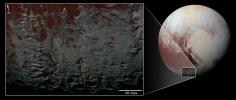
|
|||||

|
2016-08-31 | Pluto |
New Horizons |
MVIC |
1369x911x3 |
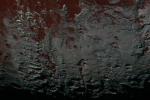
|
|||||

|
2017-01-19 | Pluto |
New Horizons |
MVIC |
5926x2963x3 |

|
|||||

|
2017-01-19 | Charon |
New Horizons |
MVIC |
1058x1272x1 |

|
|||||

|
2015-04-14 | Pluto |
New Horizons |
Ralph Color Imager |
250x250x3 |
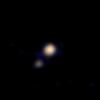
|
|||||

|
2015-07-14 | Pluto |
New Horizons |
Ralph Color Imager |
1041x586x3 |
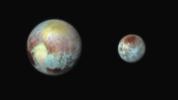
|
|||||

|
2005-08-03 | Eris |
Samuel Oschin Telescope |
3000x2250x3 | |
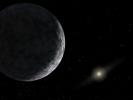
|
|||||

|
2005-08-03 | Eris |
Samuel Oschin Telescope Palomar Adaptive Optics System |
603x200x3 | |

|
|||||

|
2015-01-19 | Ceres |
Dawn |
VIR |
2173x1417x3 |

|
|||||

|
2015-04-13 | Ceres |
Dawn |
VIR |
2126x1219x3 |
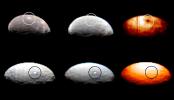
|
|||||

|
2015-06-10 | Ceres |
Dawn |
VIR |
1770x1701x3 |

|
|||||

|
2015-07-28 | Ceres |
Dawn |
VIR |
1680x1218x3 |
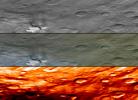
|
|||||

|
2016-03-22 | Ceres |
Dawn |
VIR |
2366x1331x3 |
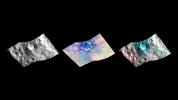
|
|||||

|
2017-02-16 | Ceres |
Dawn |
VIR |
700x691x3 |
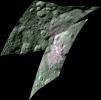
|
|||||

|
 |
 |
 |
 |
 |
 |
 |
 |
 |
|
| 1-100 | 101-200 | 201-300 | 301-400 | 401-500 | 501-600 | 601-700 | 701-800 | 801-900 |
| Currently displaying images: 801 - 817 of 817 |